01482 659522 07950 415223 douglas@jaramassociates.co.uk
Damp and condensation are common issues in both residential and commercial properties, and can cause significant damage if left untreated.
When it comes to treating damp and mould, identifying the source of these problems as soon as possible ensures it doesn’t escalate or cost more than it should.
Whether you’re concerned about rising damp, penetrating damp or condensation in your home or workplace, we have over 25 years of experience in identifying, diagnosing, and solving moisture-related problems. Even if damp or mould is only minor, we’re here to provide an expert dampness and mould survey.
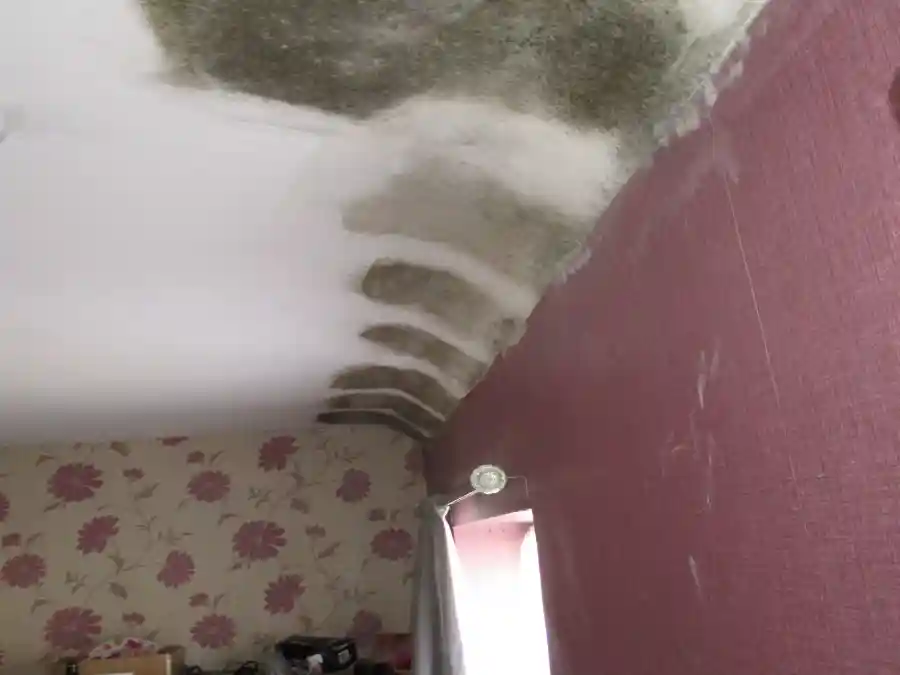
Dampness and mould issues can not only affect the physical integrity of your property but can also pose risks to the health and well-being of its occupants. If left untreated, moisture problems can lead to the growth of mould and fungal decay, which may have lasting consequences on both the building and its residents.
People with respiratory conditions such as asthma, allergies, or weakened immune systems are especially vulnerable to the effects of dampness and mould. Prolonged exposure to damp environments can worsen symptoms or even lead to new health issues, including respiratory infections, allergic reactions, and skin irritations.
At Jaram Associates, we understand the serious implications of these issues. Whether you’re dealing with rising damp, penetrating damp, or condensation problems, we can provide a damp and mould survey to identify the root cause of damp, and identify what to do next.
Damp and mould problems can arise from a variety of sources and it's essential to determine the underlying cause before any remedial work can be effectively undertaken.
While plumbing or roof leaks are a common cause of dampness, other factors such as poor ventilation, poor detailing or rising dampness can contribute significantly to moisture buildup. To accurately diagnose and address these issues, we employ a range of testing methods and diagnostic tools.

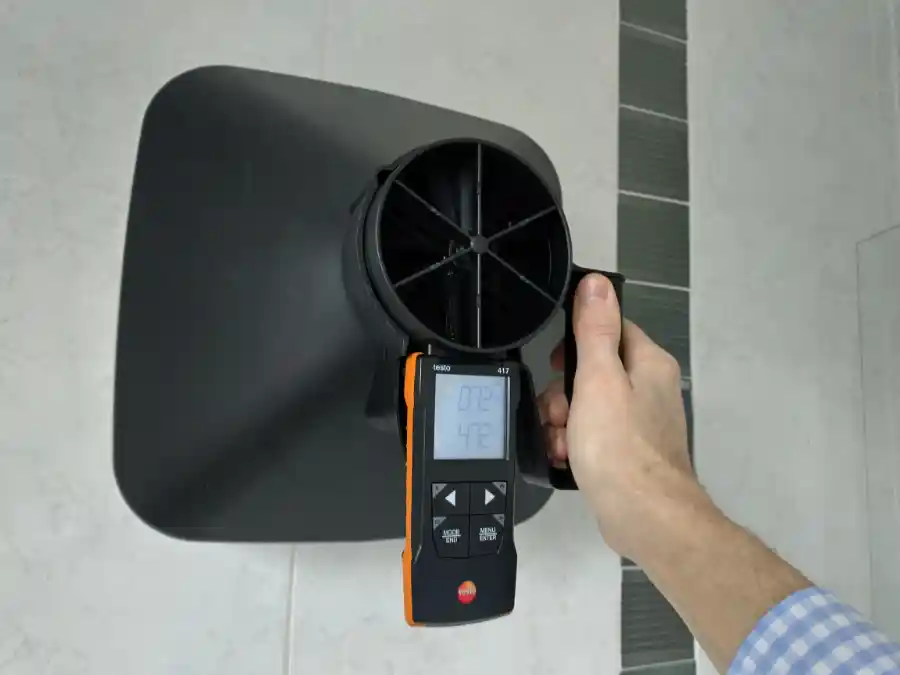
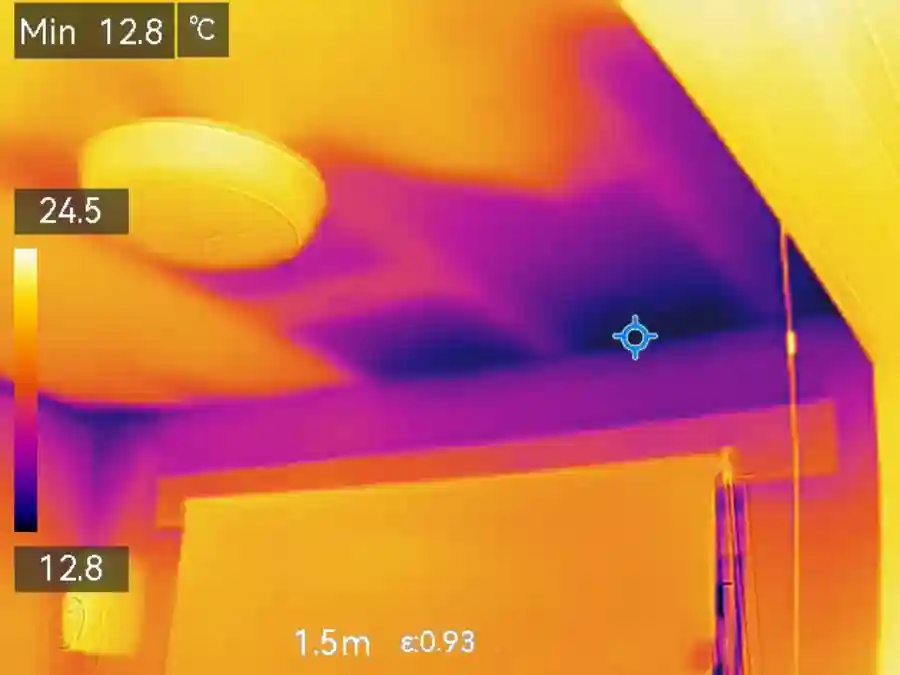
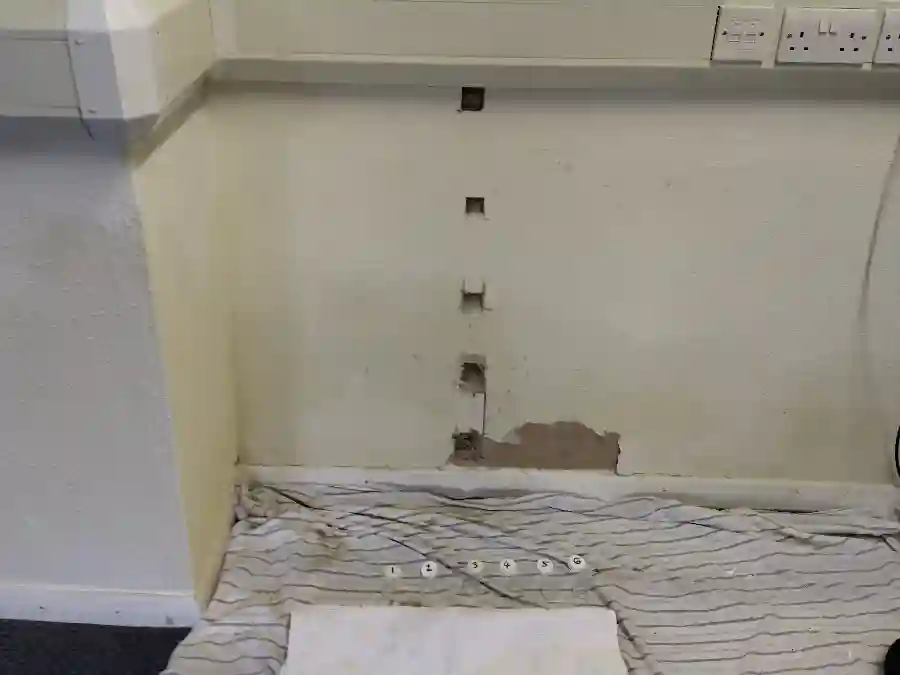
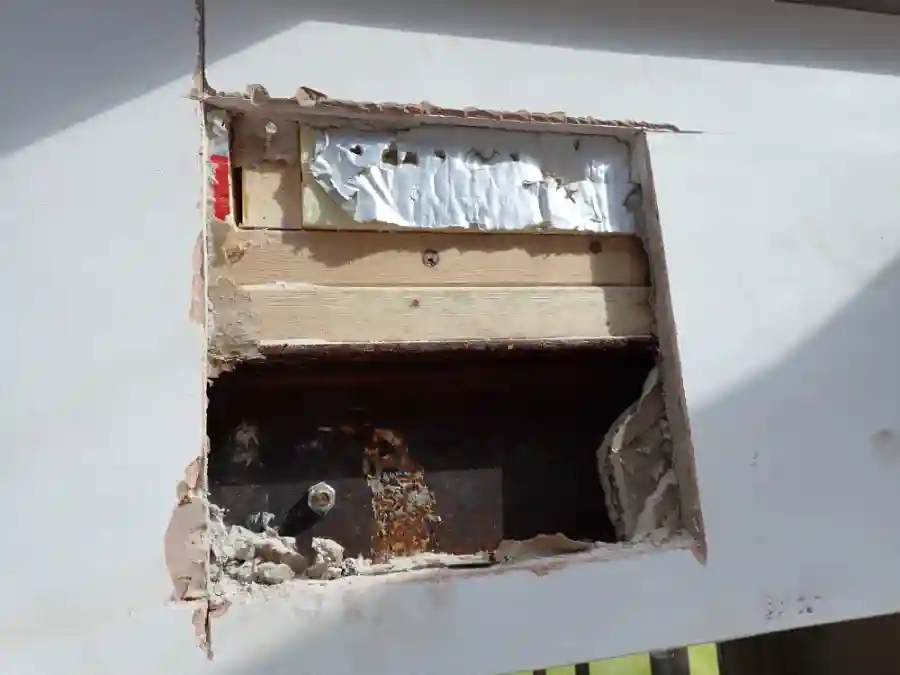
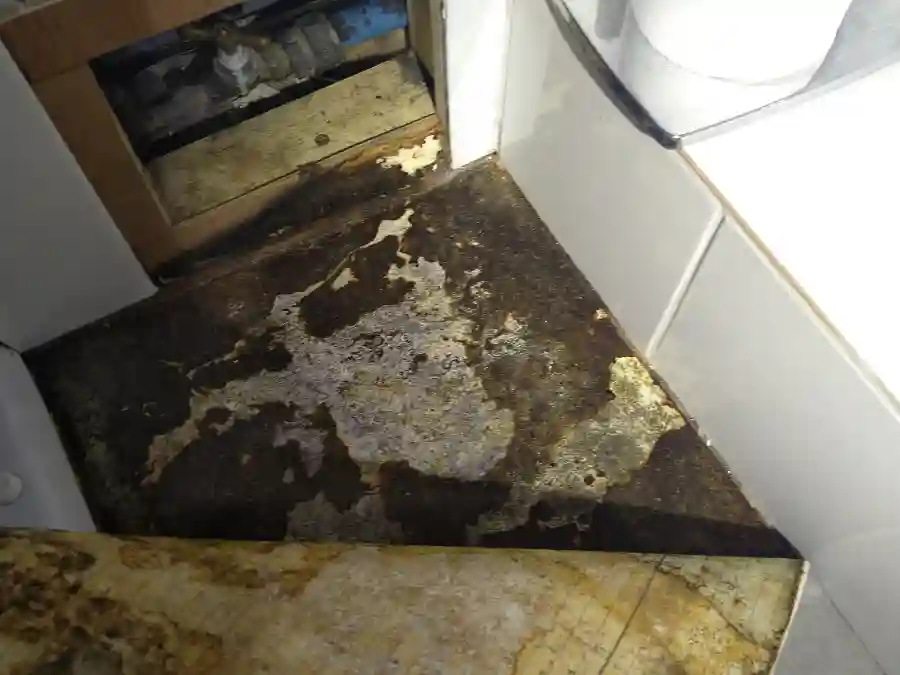
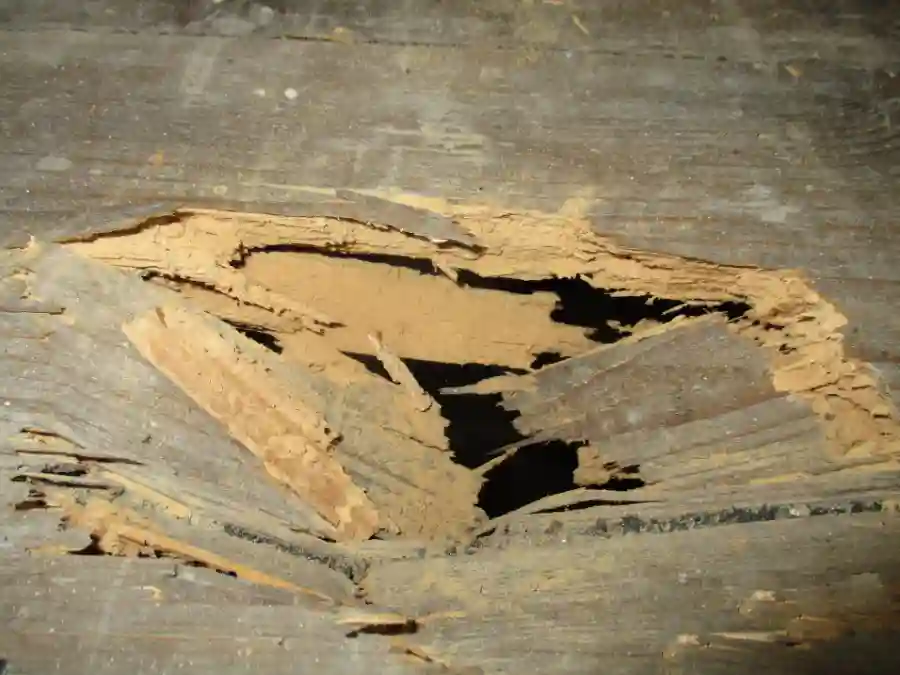
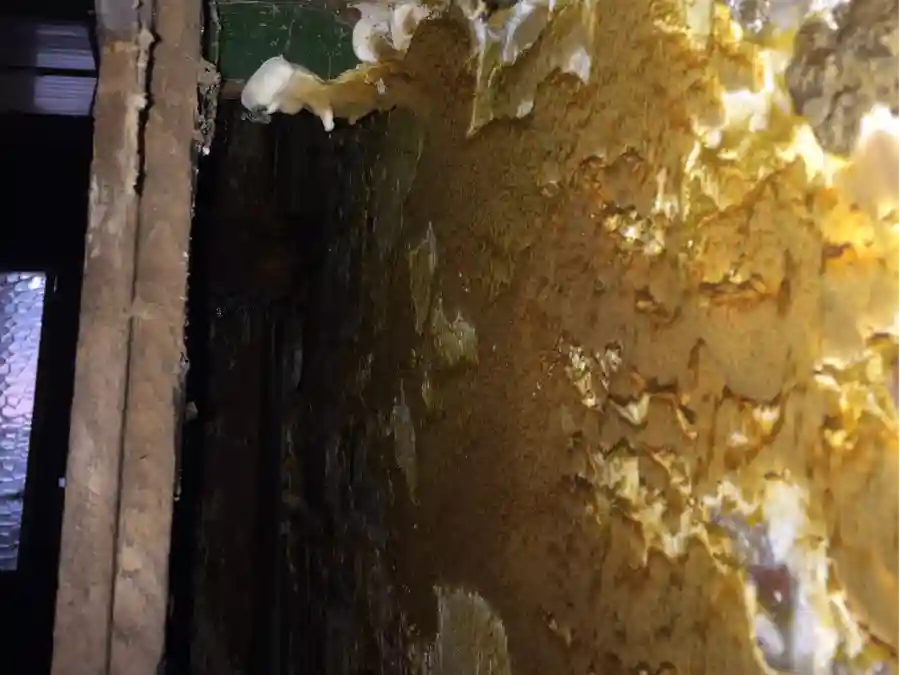
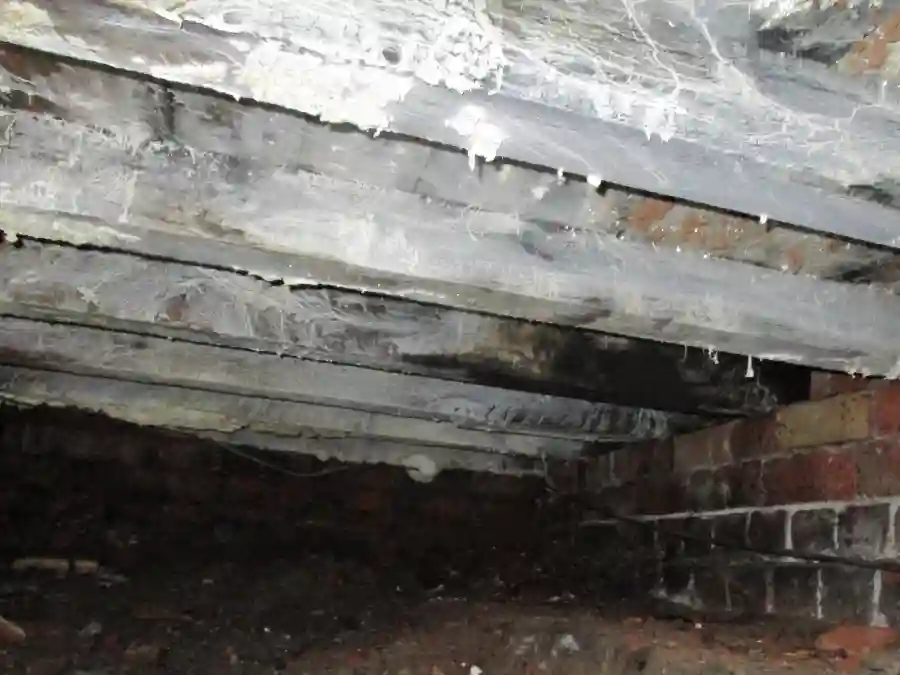
Not only can we undertake an analysis of condensation at the surface of the building element but also within the construction itself. Condensation within the actual construction is known as interstitial condensation. Moisture build up within the wall construction can have an effect on the internal environment but even more dramatic consequences to the construction.
Once we have collected details of the construction, a condensation risk analysis is undertaken as a desktop exercise using Independant BuildDesk Software.
We use BuildDesk Software to calculate the thermal value and condensation risk of the wall, floor or roof in accordance with BS EN ISO 13788 standard.
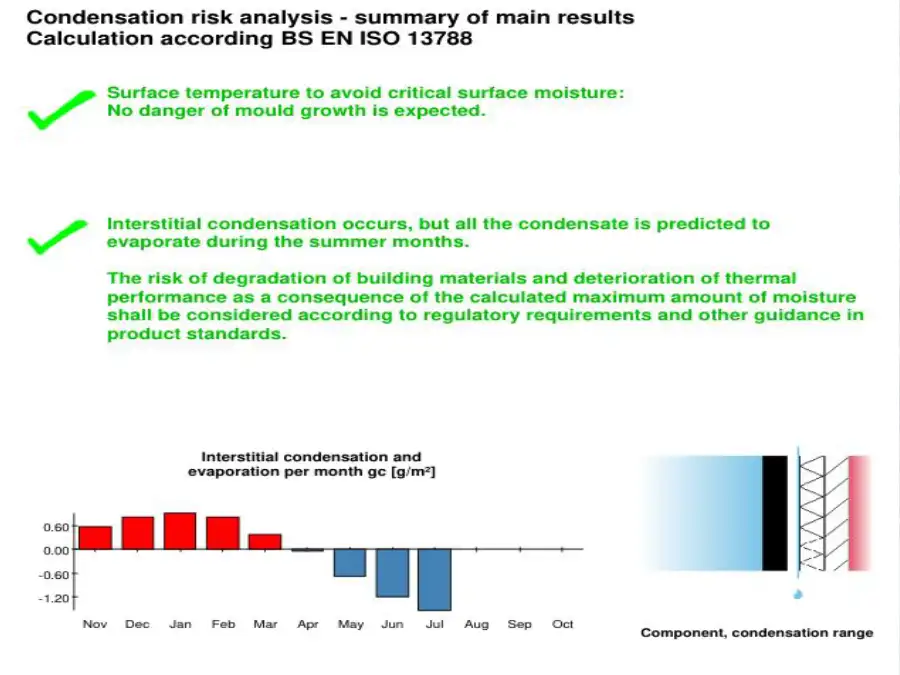
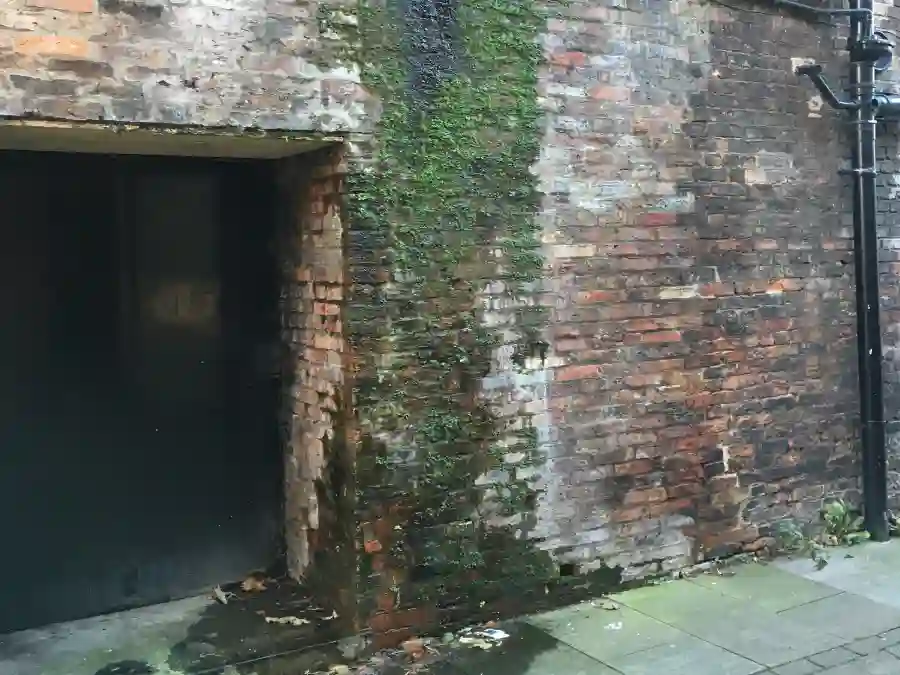
Rising damp occurs when water from the ground rises up the wall due to capillary action. This can occur when a damp-proof course (DPC) which is designed to stop moisture from rising, is either damaged, non-existent or bridged in some way
True rising damp is actually quite rare but some common signs are tide marks, accompanied by a brownish or yellow stain, peeling paint or wallpaper, a musty smell or flaking or efflorescence on the surface of walls.
As soon as you suspect rising damp, it’s important to have an independent professional surveyor assess the property. At Jaram Associates we offer different types of surveys depending on your situation and budget.
Condensation occurs when moist/humid air comes into contact with colder surfaces. This causes the moisture to condense into water droplets. In properties, condensation can be found on windows, walls, and ceilings, including areas such as kitchens, bathrooms and bedrooms. Long term condensation or high humidity will often result in mould formation or staining, which can sometimes be mistaken for other forms of dampness such as rising damp or penetrating damp.
To control condensation or high humidity, you need to address the underlying causes, which involves readdressing the balance of heat and ventilation. This can be easier said than done since many people are experiencing fuel poverty and cannot afford to heat their homes, but the following solutions could help:
If damp is coming from a party wall (the shared wall between adjoining properties), it can be more challenging to resolve, as the source may be on either side of the wall. Damp in a party wall can result from leaks, poor waterproofing, rising damp, or condensation spreading across the wall.
To identify the cause, a surveyor will conduct a detailed inspection, including moisture testing and visual checks. If the damp originates from your neighbour’s property (e.g., plumbing leaks or structural defects), you may need to discuss the issue further. In some cases, legal or council intervention may be required if your neighbour does not take action.
At Jaram Associates, we will assess whether the damp is caused by structural issues, such as a damaged damp-proof course, plumbing leaks, or condensation. If the matter requires legal action we can prepare what is called an expert witness report.
Surveyors check for damp in a property using a variety of methods, combining their expertise with specialist tools and instruments. A hygrometer is often used to measure air temperature and humidity, helping to identify conditions that may contribute to damp. A moisture meter is used to locate and measure dampness in timber, which can indicate underlying moisture issues. Additionally, an anemometer may be used to assess the efficiency of the property’s mechanical ventilation systems, as poor ventilation can worsen damp problems. These tools, along with the surveyor's experience, allow for a thorough investigation of potential damp issues.
Leaks come from a variety of sources such as roofs, walls, floors, plumbing and drainage. Some leaks can be difficult to find, some leaks are obvious.
If leaks are not obvious, we use a variety of techniques to find them. Leaks under floors can be tricky, but Jaram Associates use sonic instruments to listen for the leaks and pinpoint the most likely source.
Sometimes we need to open up a structure, known as invasive investigation, to expose the leak. We will discuss this with the building owner first and the likely damage. We also use endoscopes with different attachments to minimise damage.
We can also do limited drainage inspection to check for leaks, however, this can get quite messy. If drains are suspected, we often work with local drainage companies who will clean and camera the whole property.
At Jaram Associates, we have significant experience in conducting damp and mould surveys, often working on cases referred to us by other surveyors. Our approach is thorough, and we use up-to-date equipment and reliable instrumentation to ensure accurate assessments.
To find out more about our damp and mould assessment services, or any other building surveys, please get in touch with Jaram Associates today.

Jaram Associates is an RICS registered firm of Chartered Building Surveyors formed in 2014

News
Jaram Associates are once again pleased to work with Wykeland Property
Design and Project Management | Wyke Sixth Form College
Project Management - Beverley
Contact Us
Jaram Associates
5 Valley Drive
Kirkella
East Yorkshire
HU10 7PG
Tel: 01482 659522
Contact Us
Jaram Associates
Mobile: 07950 415223
Tel: 01482 659522
douglas@jaramassociates.co.uk
Copyright © 2025 Jaram Associates. All Rights Reserved. Web Design Hull